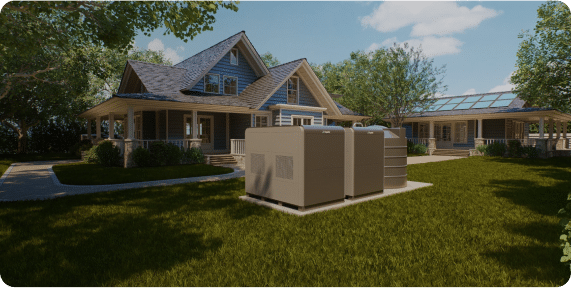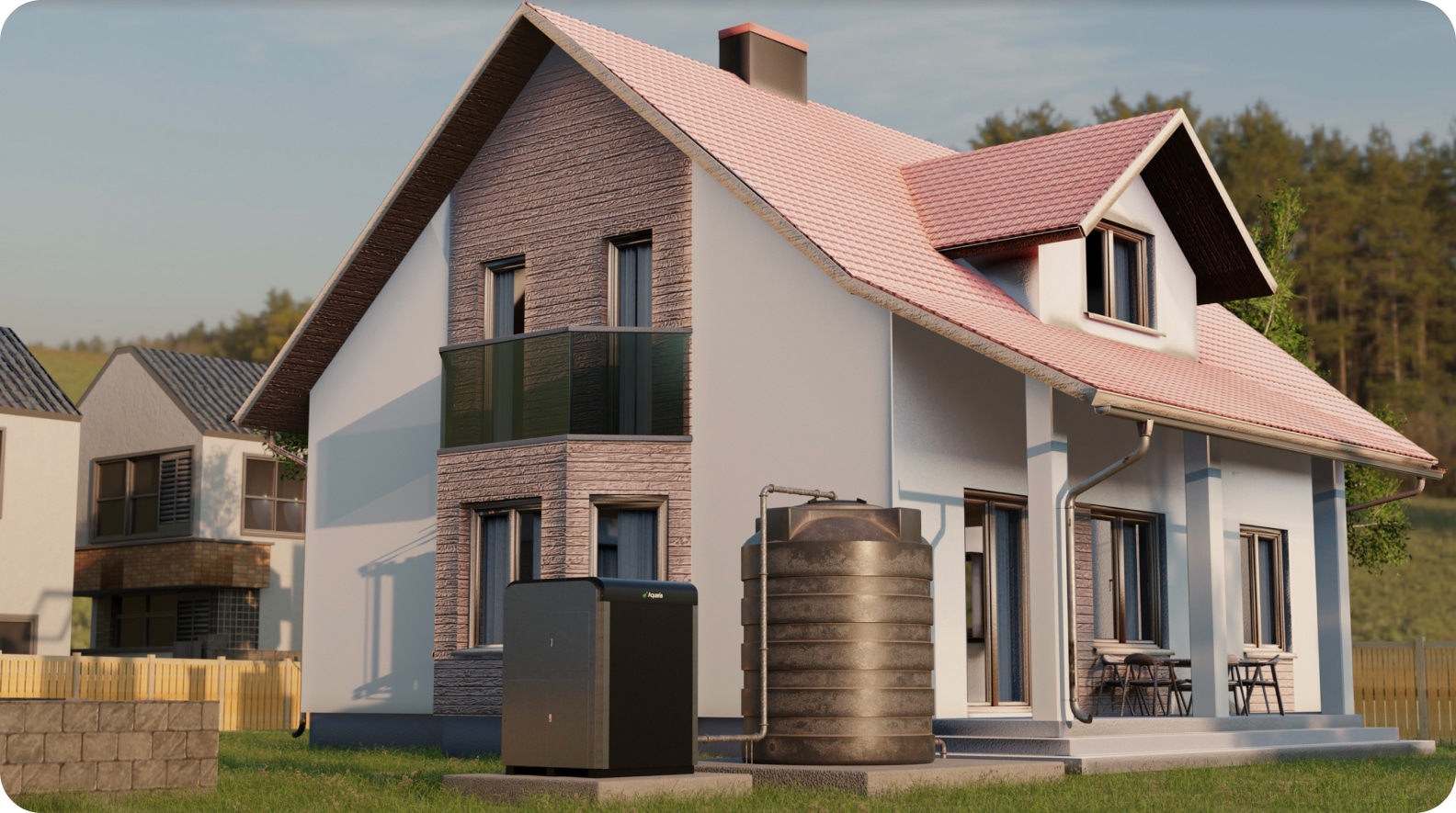How Do Atmospheric Water Generators Work?

Atmospheric water generators, also known as AWGs, are devices that extract water from the air. This can be done in a number of ways, but all methods rely on the use of a heat exchanger to vaporize the water in the ambient air. The vaporized water is then collected and cooled, causing it to condense into liquid form.
Atmospheric water generators can be used to produce drinking water or water that can be used for other purposes such as irrigation or industrial applications. Some AWGs are designed for use in specific environments, such as desert regions or areas with high humidity.
There are a number of factors that affect the amount of water that an AWG can produce, including the humidity of the air, the temperature, and the wind speed. The size and efficiency of the heat exchanger also play a role.
How Much Water is in the Air?
The amount of water in the air varies depending on the temperature and humidity. Warm, humid air can hold more water vapor than cold, dry air.
At sea level, the air can contain up to 4% water vapor by weight. This means that if you could extract all the water vapor from a cubic meter of air (about 35 cubic feet), you would have about 1.4 liters (0.37 gallons) of water.
What are the 3 Physical States of Water in the Atmosphere?
The three physical states of water in the atmosphere are vapor, liquid, and ice.
- Vapor is the gaseous state of water and is invisible. It makes up around 4% of the atmosphere by volume.
- Liquid water is the most common state of water in the atmosphere and makes up around 96% of it.
- Ice is the solid-state of water and is found in the form of snow, hail, or clouds. It makes up around 1% of the atmosphere by volume.
How Does Latent Heat Affect Water in the Atmosphere?
Latent heat is released when water vapor condenses into liquid water. This process releases a large amount of energy into the atmosphere, which can impact weather patterns.
How Does an AWG Capture Atmospheric Water?
An atmospheric water generator uses a number of methods to capture water from the atmosphere. The most common method is to use a heat exchanger to vaporize the water in the air.
The heat exchanger contains a cold surface that the air is passed over. This causes the water vapor in the air to condense on the cold surface and collect as liquid water.
The collected water is then passed through a filter to remove any impurities before it is stored in a reservoir.
How Do Different Types of AWGs Work?
There are a number of different types of AWGs that use different methods to capture water from the atmosphere.
Condensation-Based AWGs
These devices use a cold surface to condense the water vapor in the air. The most common type of condensation-based AWG uses a refrigerated coil to cool the air and cause the water vapor to condense. The collected water is then passed through a filter to remove any impurities before it is stored in a reservoir.
Adsorption-Based AWGs
These devices use a material that can adsorb water vapor from the air. The most common type of adsorption-based AWG uses a zeolite to adsorb the water vapor. The zeolite is heated, which causes the water vapor to be released and collected in a reservoir.
Hygroscopic AWGs
These devices use a material that can absorb water vapor from the air. The most common type of hygroscopic AWG uses a silica gel to absorb the water vapor. The collected water is then passed through a filter to remove any impurities before it is stored in a reservoir.
What is the Difference Between Condensation & Distillation?
The main difference between condensation and distillation is that condensation relies on the air to be at a lower temperature than the dew point, while distillation requires the air to be heated to its boiling point.
Condensation is the process of water vapor in the air cooling and turning into liquid water. This can happen naturally when warm air meets a cold surface, such as when your breath hits a cold window. Common household dehumidifiers use condensation to remove water vapor from the air.
Distillation is the process of heating water to its boiling point and then collecting the resulting vapor. This vapor is then condensed back into liquid water. Distillation can be used to purify water by removing impurities that do not vaporize at the boiling point, such as salt.
How Do I Use an Atmospheric Water Generator?
To use an atmospheric water generator, you will need to connect it to a power source and a water storage tank large enough to accommodate your needs. Once the unit is turned on, it will automatically begin to extract water from the air and will continue to do so until the reservoir is full or the unit is turned off. You can then use the water for drinking, cooking, or any other everyday need.
What Are the Benefits of Using an Atmospheric Water Generator?
There are a number of benefits to using an atmospheric water generator, including the following:
- Offers a sustainable source of water that does not require groundwater or surface water sources.
- Can be used in areas where there is no access to clean water.
- They are often powered by renewable energy sources, such as solar power.
- Can be used as a primary or backup source of water.
- Avoid local water use restrictions.
- Never worry about local water contamination issues.
If you’re looking for ways to go off-grid with a reliable source of water, an atmospheric water generator is a great option to consider.
How to Choose a Water Generator
When choosing an atmospheric water generator, there are a few things you should keep in mind, including:
- The size of the unit – Smaller units are more portable but may not produce as much water. Larger units will produce more water but may be less portable.
- The environment – Some units are designed for specific environments, such as desert regions or areas with high humidity.
- The power source – Some units require a power outlet, while others may be powered by renewable energy sources such as solar power.
- Your needs – Be sure to choose a unit that meets your specific water needs.
How Do I Maintain an Atmospheric Water Generator?
Maintaining your atmospheric water generator is important to ensure that it continues to operate efficiently. Here are a few tips:
- Clean the air intake regularly to remove any dirt or debris.
- Change the filter according to the manufacturer’s instructions.
- Keep the unit free of dust and dirt.
Proper maintenance will help your unit to last longer and continue to produce clean, safe water.
Why You Should Choose Aquaria
Aquaria is a fast-growing supplier of domestic atmospheric water generators and has a wide range of units to suit your needs. Our team can help you choose the right unit for your needs and can provide support during installation and maintenance.
Request a quote today to learn more about our products and how we can help you achieve your water needs.


